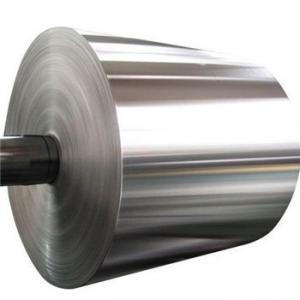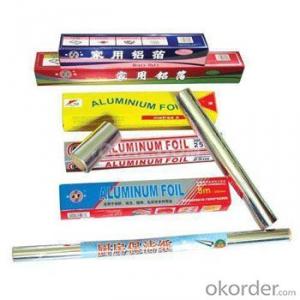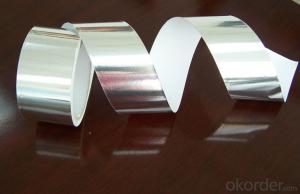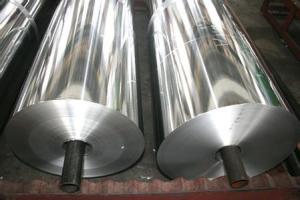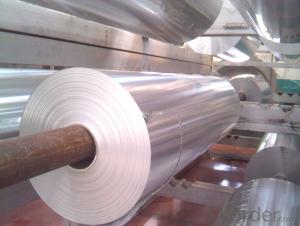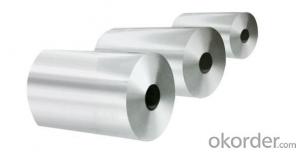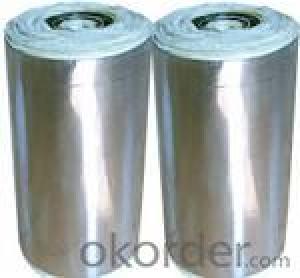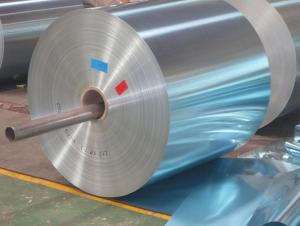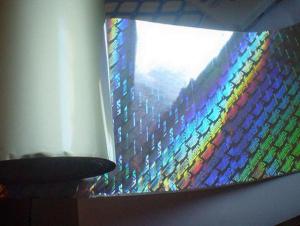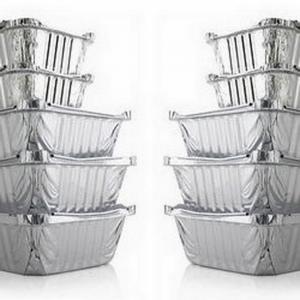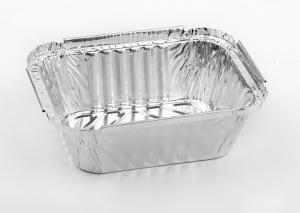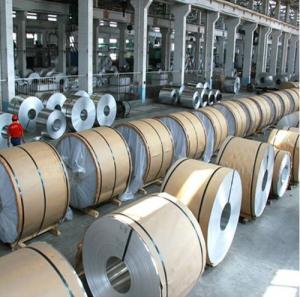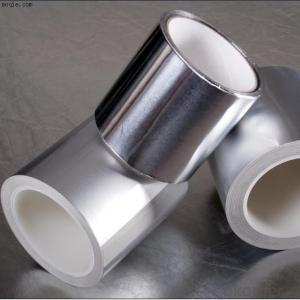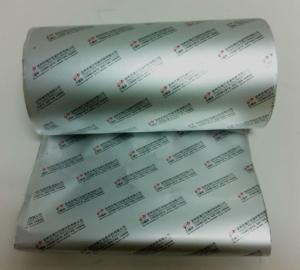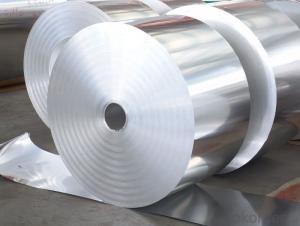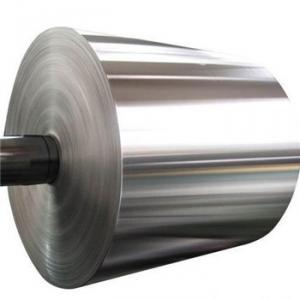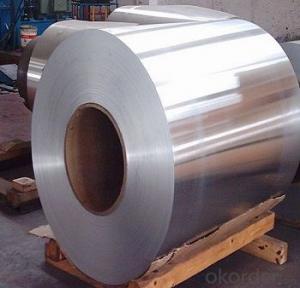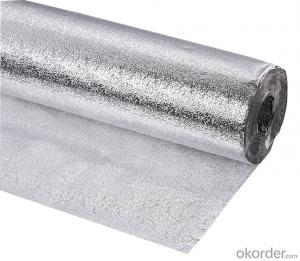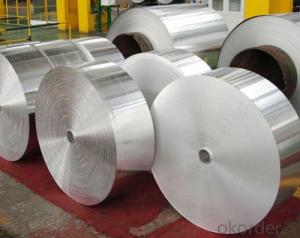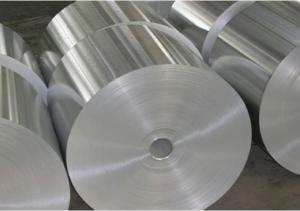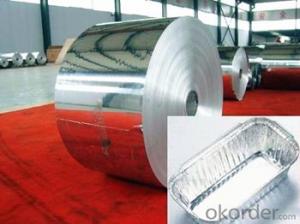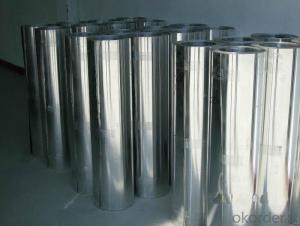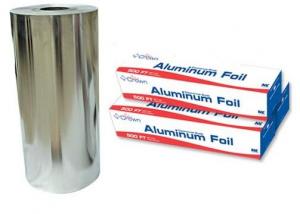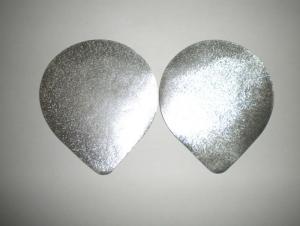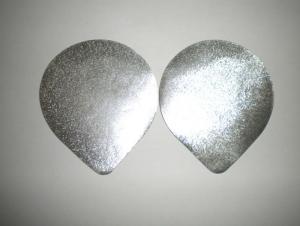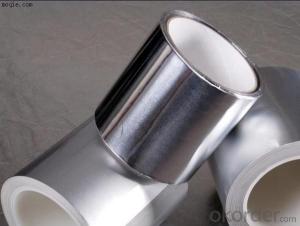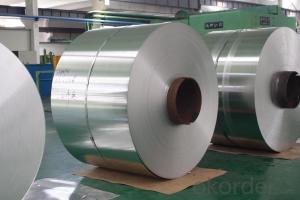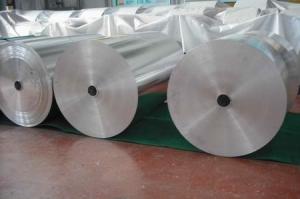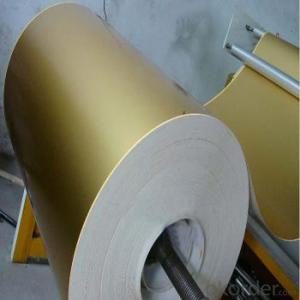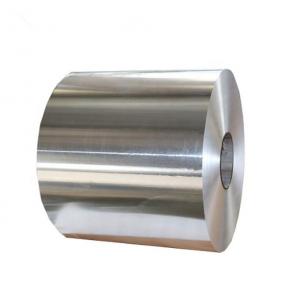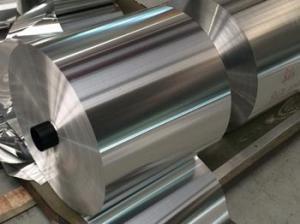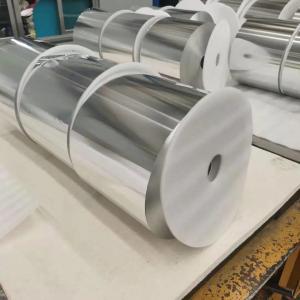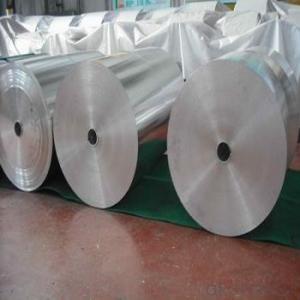18 In Aluminum Foil
18 In Aluminum Foil Related Searches
18 Aluminum Foil 18 Inch Aluminum Foil Aluminum Foil 18 Inch 18 Inch Wide Aluminum Foil 18 Wide Aluminum Foil Aluminum Foil 18 18 Heavy Duty Aluminum Foil Heavy Duty Aluminum Foil 18 18 X 1000 Aluminum Foil Aluminum Foil 18 X 1000 18 X 500 Aluminum Foil Aluminum Foil 18 X 500 1.8 Micron Aluminum Foil 24 Aluminum Foil 24 Inch Aluminum Foil 24 Inch Wide Aluminum Foil 18 Gauge Aluminum Sheet 36 Inch Wide Aluminum Foil 24 Wide Aluminum Foil 1 Micron Aluminum Foil 24 Heavy Duty Aluminum Foil 38 Gauge Aluminum Foil 12 Micron Aluminum Foil 30 Inch Wide Aluminum Foil 24 Aluminum Foil Roll 200 Sq Ft Aluminum Foil 100 Layers Of Aluminum Foil 18 X 18 Aluminum Plate 36 Gauge Aluminum Foil Large Size Aluminum Foil18 In Aluminum Foil Supplier & Manufacturer from China
18 In Aluminum Foil is a versatile and widely used product that offers excellent performance in various applications. This product is known for its durability, resistance to corrosion, and ability to maintain its properties even in extreme conditions. It is commonly utilized in the food packaging industry, where it serves as a protective barrier against moisture, oxygen, and other contaminants. Additionally, 18 In Aluminum Foil is employed in the manufacturing of various products, such as insulation materials, electronic components, and even in the construction industry for moisture-proofing purposes.The usage scenarios for 18 In Aluminum Foil are vast, making it a popular choice among businesses and consumers alike. It is used in the kitchen for cooking and food storage, in the pharmaceutical industry for preserving the potency of medications, and in the automotive industry for heat shielding and electrical insulation. Its lightweight and flexible nature also makes it an ideal material for a variety of crafts and DIY projects, where it can be easily shaped and manipulated to suit specific needs.
Okorder.com is a reputable wholesale supplier of 18 In Aluminum Foil, boasting a large inventory to cater to the diverse needs of its customers. As a leading platform for sourcing and purchasing this product, Okorder.com ensures that customers receive high-quality materials at competitive prices. By offering a comprehensive range of 18 In Aluminum Foil products, Okorder.com has become a go-to destination for businesses and individuals seeking reliable and efficient solutions for their aluminum foil requirements.
Hot Products
